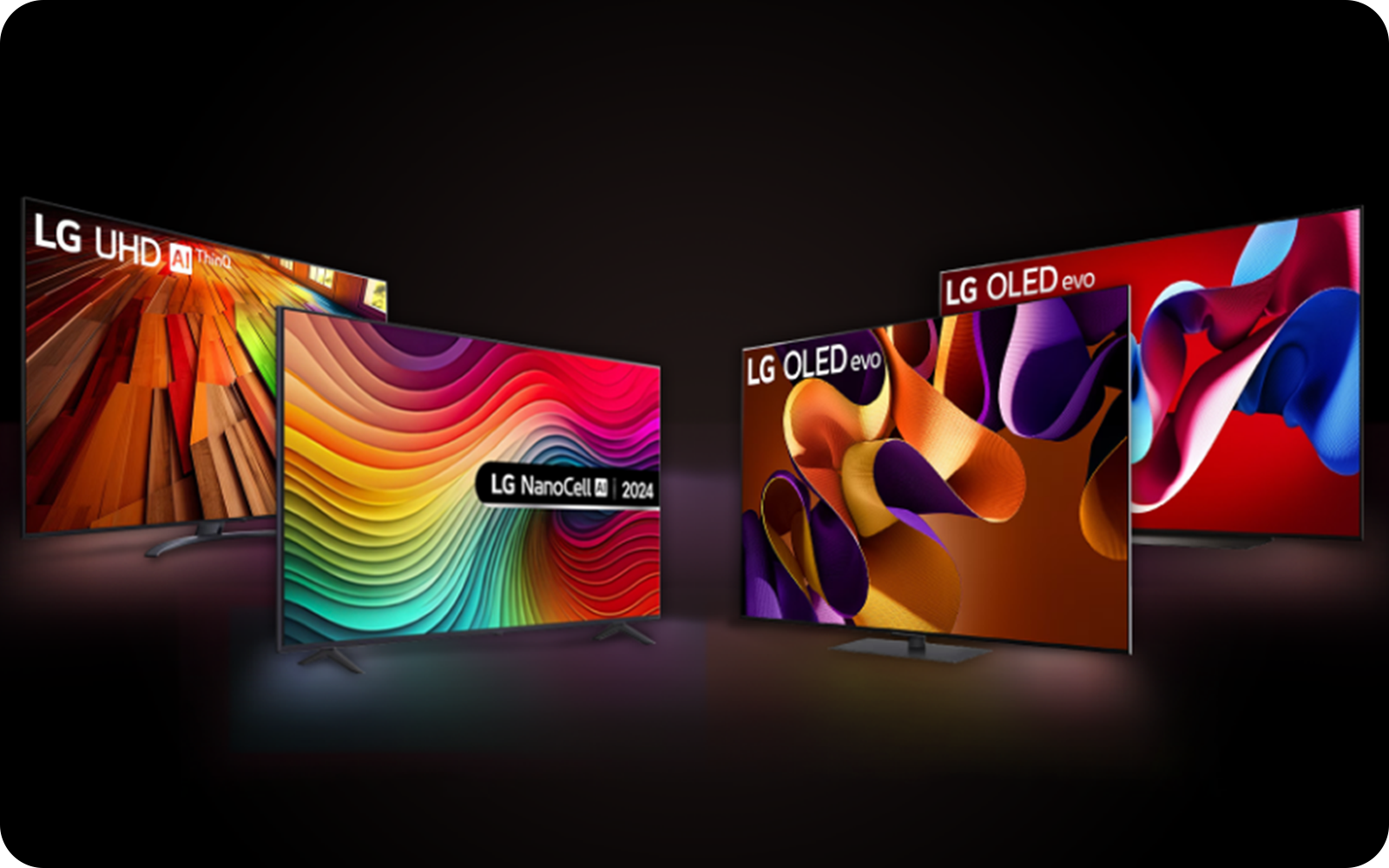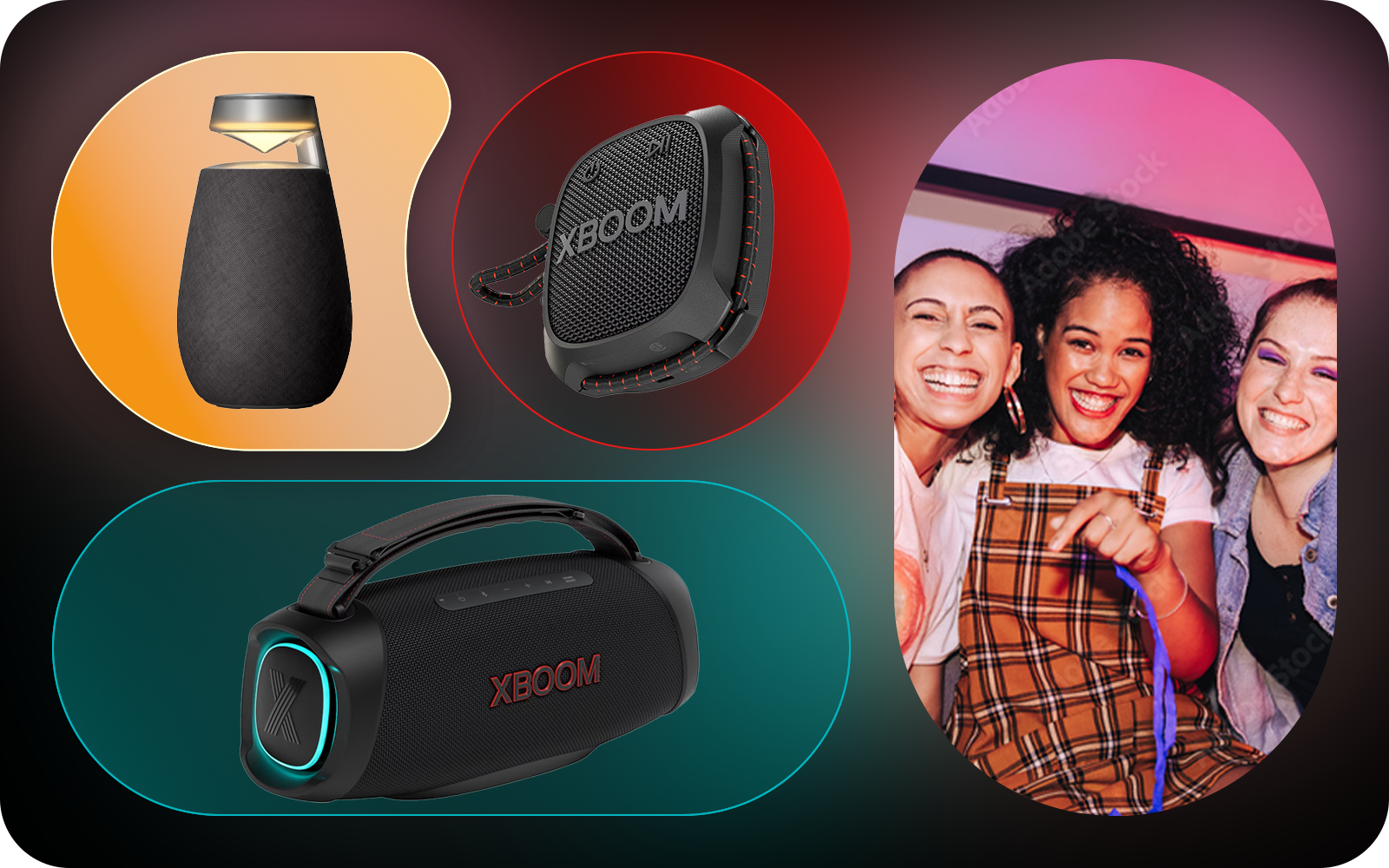We use cookies, including cookies from third parties, to enhance your user experience and the effectiveness of our marketing activities. These cookies are performance, analytics and advertising cookies, please see our Privacy and Cookie policy for further information. If you agree to all of our cookies select “Accept all” or select “Cookie Settings” to see which cookies we use and choose which ones you would like to accept.
LG LAB
What is NanoCell TV?
NanoCell technology is shaping the future of LED TV screens and bringing them closer in quality to the superior OLED.
Taking 4K resolution and making it better, Nanocell TVs are bringing wider viewing angles and uniform colour to your living room, ensuring that picture quality, colour range and purity are all enhanced..
But how do NanoCell TVs work and how is it used in modern TVs? We explain in our comprehensive guide.
What is NanoCell TV technology?
Nanocells are TV pixels that you’ll find in NanoCell TVs. They sit behind the screen and are tiny units that, together, display the images you see on-screen.
They help create a uniform picture across the entire TV screen. This helps to create accurate and high-levels of picture quality – whatever angle you’re viewing from.
NanoCells differ from regular TV pixels, using nanoparticles to display rich images. It’s these nanoparticles that enhance the colours that make up images, by filtering out duller tones that might affect their brightness.
The result?
Deeper colours that look lifelike. Sharper tones that make the scenes on-screen appear as though they’re happening in your living room. And a combination of both that make your TV content leap from the screen.
How are they used in TVs?
NanoCell TV technology has been engineered to take the existing picture quality of LED TVs and enhance it to near OLED levels – the ultimate in TV technology.
In NanoCell TVs, pixels are aligned consistently across the entire screen. Each pixel is only one nanometre away from the other. For scale, that’s an incredible 0.00001 millimetres apart.
With such precision pixel placement, the screen can achieve outstanding picture and colour quality. Images appear purer, even at wider viewing angles – perfect if you’re watching TV at the end of the couch.
NanoCells absorb unwanted light – a major factor in picture quality reduction – so colours are displayed in bold detail, with no dulling or blurring.
NanoCell vs OLED TVs
As mentioned, when it comes to TV technology, OLED often reigns supreme, which is why you may be wondering how NanoCell TVs compare to OLED.
Unlike NanoCell TVs, OLED TVs do not use LED backlighting. OLED stands for organic light-emitting diode, meaning that the display can show an image without requiring a backlight and instead, each pixel is individually lit.
The advantage of this, is that OLED TVs can achieve ‘true black’ where parts of the TV can be completely dark. This is because each pixel can be turned off completely when the TV area is black. It also provides other advantages such as the elimination of blooming, a better response time that reduces blur on fast movements and a much better viewing angle.
In terms of which TV is better, this depends on your needs. If you’re a true movie buff, or an avid gamer, OLED may be the way to go, offering fast gaming performance, deeper blacks, and brighter whites.
NanoCell TVs on the other hand, may be a better choice for everyday households, with a fairer price, but still offering vivid colour and wide-screen angles.
What is IPS in TV?
In-plane switching (IPS) is a TV screen technology, developed in the late 1980s, to improve viewing angles and colour reproduction in LCD TV screens.
Think back to when you would watch an old TV in your living room. If you were sat on a chair at the side of your TV, the picture would lose quality and not be as bold as if you were sitting in-line with it.
Instead, it would appear distorted and you’d have to shuffle towards the centre of the couch to get a better view. IPS helped to change this and the way new TVs were made.
It did this by altering the alignment of the liquid crystals that were used as pixels in old LCD screens – these were placed in-between the two layers of glass that made up the TV screen.
Previously, they were aligned vertically, which meant a poor off-centre picture and colours that were washed away.
IPS aligned them horizontally. This dramatically improved the range that could be seen by a viewer and the angle that it could be viewed at.
This meant pictures could be finally enjoyed at a greater angle and with a minimal loss of quality – all down to widening the angle that the crystals displayed pictures on screen.
How NanoCell improves on IPS
NanoCell takes the monumental strides IPS made with TV displays and transforms it even further.
The nanoparticles used to absorb unwanted light wavelengths are used to enhance primary colours displayed on screen (red, green and blue).
They act as colour purifiers, removing dull or distorted colours and expanding the range of tones that can be displayed.
NanoCell also creates a wider colour palette, supporting over a billion different colours – known as the NanoCell™ Display.
What does that mean for you at home? Accurate, lifelike colours. Sharper pictures at all angles. As well as lossless image quality.
Why are red and green colours important to TV?
The colours displayed on your TV screen use the RGB format. This uses three primary colours to make up the wavelength: red, green and blue.
Two of these – red and green – must be displayed in as high-quality as possible.
NanoCell TV technology ensures they’re as refined as possible, removing any impurities. It heightens red and green colours so the screen can reproduce them in vivid detail.
This helps to display other colours with high levels of red and green in their colour mix – resulting in vibrant shades that create spectacular on-screen scenes.
Learn more about NanoCell TVs
Want to know more? Read our guide to LG NanoCell TVs and explore the range.




